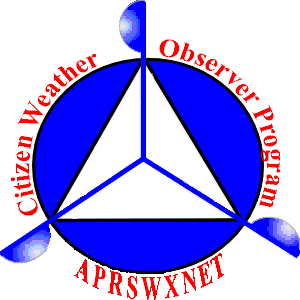| Official Definitions of Twilight | |
| Civil twilight is defined to begin in the morning, and to end in the evening when the center of the Sun is geometrically 6 degrees below the horizon. This is the limit at which twilight illumination is sufficient, under good weather conditions, for terrestrial objects to be clearly distinguished; at the beginning of morning civil twilight, or end of evening civil twilight, the horizon is clearly defined and the brightest stars are visible under good atmospheric conditions in the absence of moonlight or other illumination. In the morning before the beginning of civil twilight and in the evening after the end of civil twilight, artificial illumination is normally required to carry on ordinary outdoor activities. Complete darkness, however, ends sometime prior to the beginning of morning civil twilight and begins sometime after the end of evening civil twilight. | |
| Nautical twilight is defined to begin in the morning, and to end in the evening, when the center of the sun is geometrically 12 degrees below the horizon. At the beginning or end of nautical twilight, under good atmospheric conditions and in the absence of other illumination, general outlines of ground objects may be distinguishable, but detailed outdoor operations are not possible, and the horizon is indistinct. | |
| Astronomical twilight is defined to begin in the morning, and to end in the evening when the center of the Sun is geometrically 18 degrees below the horizon. Before the beginning of astronomical twilight in the morning and after the end of astronomical twilight in the evening the Sun does not contribute to sky illumination; for a considerable interval after the beginning of morning twilight and before the end of evening twilight, sky illumination is so faint that it is practically imperceptible. | |
Navigation
- Home
- *! NEW ! AND UPDATES *
- About
- Advisories, Warning
- Air Quality
- Hi Low Avg
- Almanac
- Astronomy
- Analysis Forecast
- Console Live
- Clear Sky
- Documentation
- pws2024-12-01-Station
- WeatherFlow Station
- Netatmo Station
- Ambient Station
- EC Forecast
- Earthquake activity
- Fire Weather
- Forecast
- Forecast WXSIM
- Photos from Flickr.com
- Forecast Compare Icons
- FreshWDL NEW
- Global Networks
- Hurricane
- Indoor temp , humid.
- Indoor-Outdoor,temp
- Lightning
- Links
- Marine
- Multiple graphs
- Metar Reports-ON
- Mobile Weather
- Leuven icon only
- Other Forecast
- Printable Flyer
- Records Station
- Reports
- Radar
- Solar radiation
- Satellites
- Space Weather
- Steel Series Gauges
- Steel Series-English
- Steel Series-Catalan
- Steel Series-Czech
- Steel Series-Danish
- Steel Series-Finnish
- Steel Series-French
- Steel Series-German
- Steel Series-Greek
- Steel Series-Italian
- Steel Series-Hungarian
- Steel Series-Nederland
- Steel Series-Norwegian
- Steel Series-Portughese
- Steel Series-Polish
- Steel Series-Romanian
- Steel Series-Slovak
- Steel Series-Spanish
- Steel Series-Swedish
- Steel Series-Turkis
- Snow Info and Ice
- Station Status
- Teleconnection
- Trends
- TAF Metars
- Utils
- UV Index
- Weatherflow tempest
- Wind
- Wind Chill
- Webcam
- Wunderground
- Station Records
- Website Map











